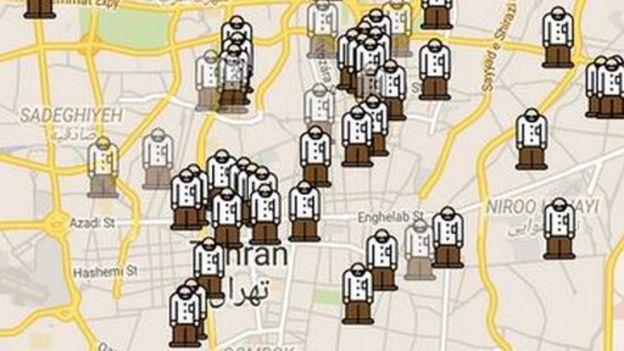Zara Rahman in The Guardian: “Around the world, women’s rights advocates are crowdsourcing their own data rather than relying on institutional datasets.
Citizen-generated data is especially important for women’s rights issues. In many countries the lack of women in positions of institutional power, combined with slow, bureaucratic systems and a lack of prioritisation of women’s rights issues means data isn’t gathered on relevant topics, let alone appropriately responded to by the state.
Even when data is gathered by institutions, societal pressures may mean it remains inadequate. In the case of gender-based violence, for instance, women often suffer in silence, worrying nobody will believe them or that they will be blamed. Providing a way for women to contribute data anonymously or, if they so choose, with their own details, can be key to documenting violence and understanding the scale of a problem, and thus deciding upon appropriate responses.
Crowdsourcing data on street harassment in Egypt
Using open source platform Ushahidi, HarassMap provides women with a way to document incidences of street harassment. The project, which began in 2010, is raising awareness of how common street harassment is, giving women’s rights advocates a concrete way to highlight the scale of the problem….
Documenting experiences of reporting sexual harassment and violence to the police in India
Last year, The Ladies Finger, a women’s zine based in India, partnered with Amnesty International to support its Ready to Report campaign, which aimed to make it easier for survivors of sexual violence to file a police complaint. Using social media and through word of mouth, it asked the community if they had experiences to share about reporting sexual assault and harassment to the police. Using these crowdsourced leads, The Ladies Finger’s reporters spoke to people willing to share their experiences and put together a series of detailed contextualised stories. They included a piece that evoked a national outcry and spurred the Uttar Pradesh government to make an arrest for stalking, after six months of inaction….
Reporting sexual violence in Syria
Women Under Siege is a global project by Women’s Media Centre that is investigating how rape and sexual violence is used in conflicts. Its Syria project crowdsources data on sexual violence in the war-torn country. Like HarassMap, it uses the Ushahidi platform to geolocate where acts of sexual violence take place. Where possible, initial reports are contextualised with deeper media reports around the case in question….
Finding respectful gynaecologists in India
After recognising that many women in her personal networks were having bad experiences with gynaecologists in India, Delhi-based Amba Azaad began – with the help of her friends – putting together a list of gynaecologists who had treated patients respectfully called Gynaecologists We Trust. As the site says, “Finding doctors who are on our side is hard enough, and when it comes to something as intimate as our internal plumbing, it’s even more difficult.”…
Ending tech-related violence against women
In 2011, Take Back the Tech, an initiative from the Association for Progressive Communications, started a map gathering incidences of tech-related violence against women. Campaign coordinator Sara Baker says crowdsourcing data on this topic is particularly useful as “victims/survivors are often forced to tell their stories repeatedly in an attempt to access justice with little to no action taken on the part of authorities or intermediaries”. Rather than telling that story multiple times and seeing it go nowhere, their initiative gives people “the opportunity to make their experience visible (even if anonymously) and makes them feel like someone is listening and taking action”….(More)


